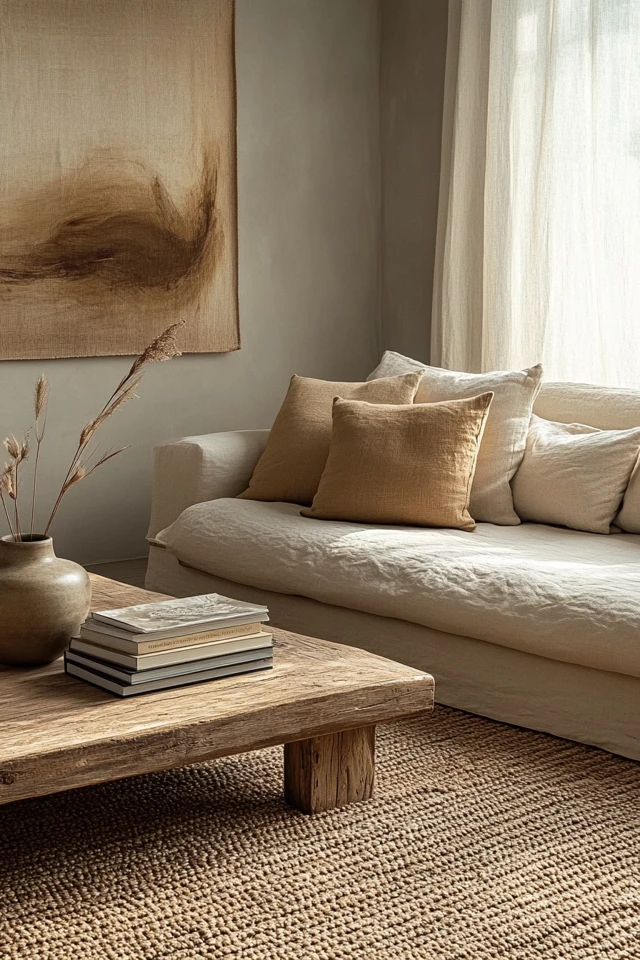Minimalism is more than just a design style—it’s a lifestyle that embraces simplicity, intentionality, and the beauty of “less is more.” Achieving the perfect minimalist look at home doesn’t mean stripping your space bare. Instead, it’s about creating a calming, clutter-free environment that reflects purpose and balance.
I remember when I first embraced minimalism in my home. I was overwhelmed with too much stuff—decor that didn’t match, furniture that felt bulky, and shelves crammed with things I rarely used. Once I began decluttering and thoughtfully choosing pieces that truly brought me joy, my home transformed. Suddenly, every room felt more spacious, cohesive, and peaceful.
In this guide, I’ll walk you through how to achieve the perfect minimalist look at home, with practical tips and design ideas to create a space that’s functional, stylish, and serene.
What Is Minimalist Design?
Minimalist design is characterized by:
- Clean Lines: Simple, geometric shapes and sleek, unadorned furniture.
- Neutral Color Palettes: Soft whites, grays, and earthy tones create a calming atmosphere.
- Functionality: Every item serves a purpose, often with multi-functional design.
- Decluttered Spaces: Open, airy rooms free of unnecessary items.
1. Start with Decluttering
Minimalism begins with removing what you don’t need.
How to Declutter
- Sort by Category: Go through one category at a time (e.g., clothes, books, decor).
- Keep What You Love: Ask yourself if each item serves a purpose or brings you joy.
- Store Strategically: Use hidden storage to keep surfaces clear and clutter-free.
Pro Tip:
Adopt the “one in, one out” rule—whenever you buy something new, let go of an old item.
2. Stick to a Neutral Color Palette
Neutral colors are the foundation of minimalist design, creating a serene and cohesive look.
Minimalist Color Ideas
- White and Beige: Perfect for walls, furniture, and textiles to create a clean canvas.
- Earthy Tones: Add depth with muted greens, taupes, or soft browns.
- Monochromatic Schemes: Use varying shades of one color to maintain simplicity.
Styling Tip:
Use texture—like linen, wool, or natural wood—to add warmth and interest to neutral spaces.
3. Choose Furniture with Clean Lines
Minimalist furniture is functional, sleek, and free of unnecessary details.
Furniture Ideas
- Low-Profile Sofas: Opt for simple shapes with neutral upholstery.
- Streamlined Tables: Choose tables with slim legs or geometric bases.
- Multi-Functional Pieces: Look for storage ottomans, foldable desks, or beds with built-in drawers.
Example:
A Scandinavian-style sofa with wooden legs and light gray fabric is a perfect minimalist centerpiece.
Picture Gallery
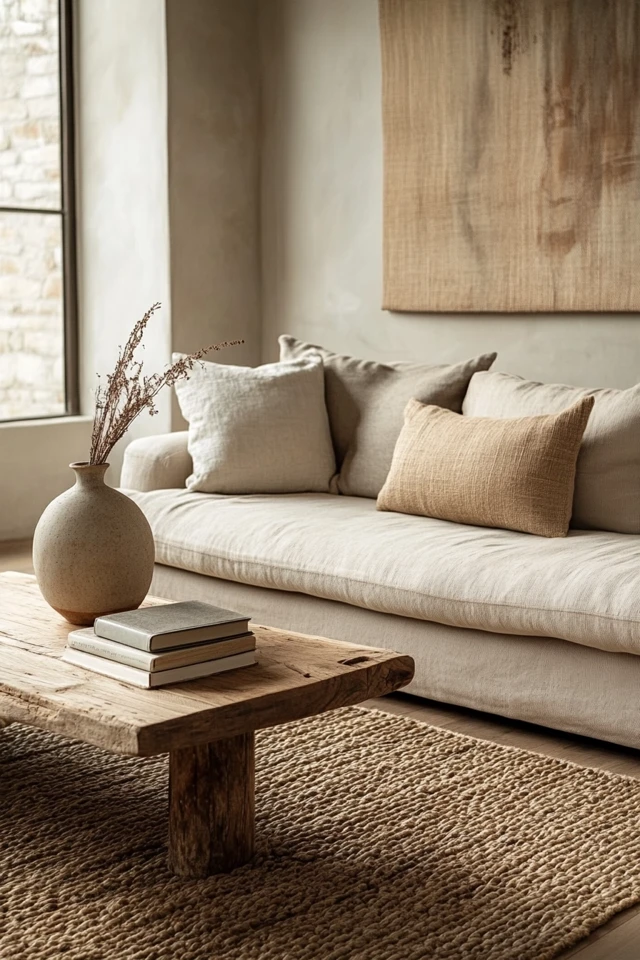
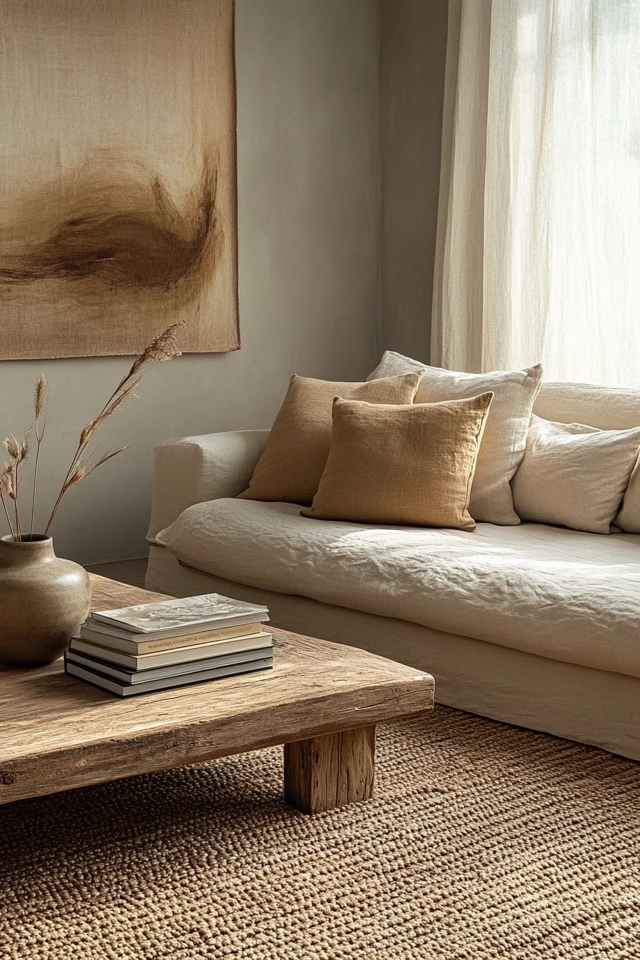
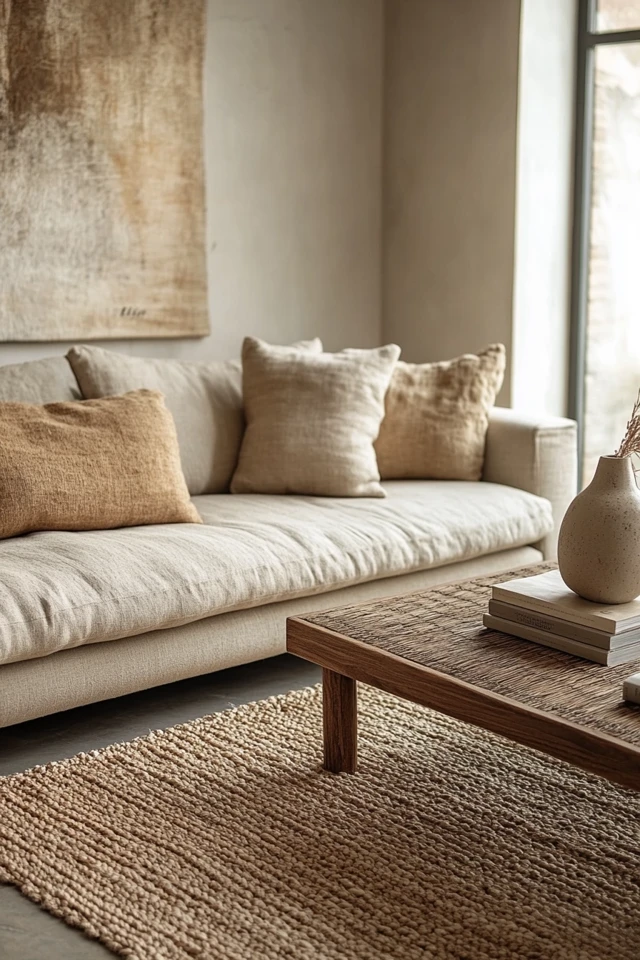
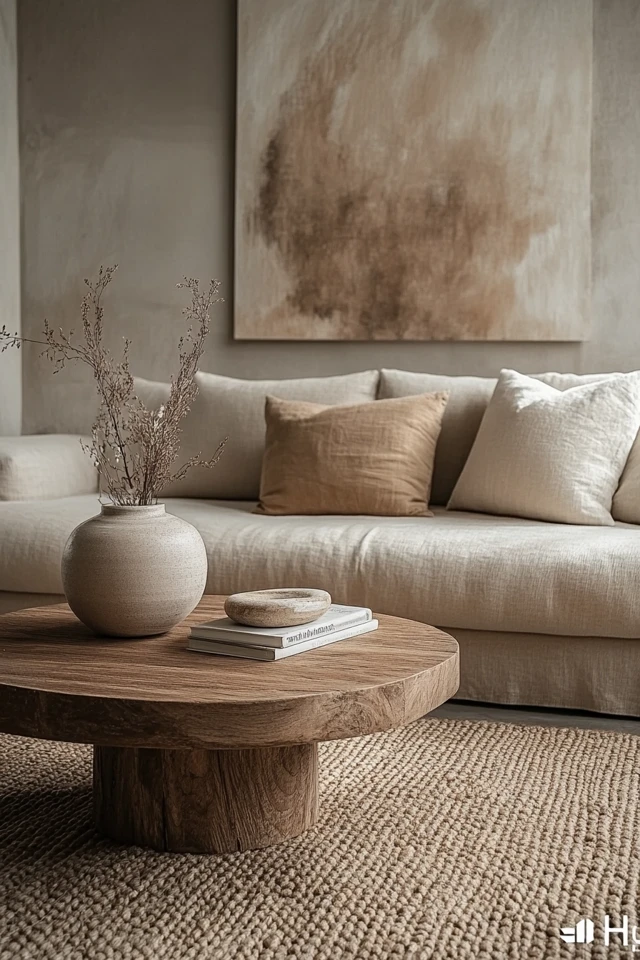
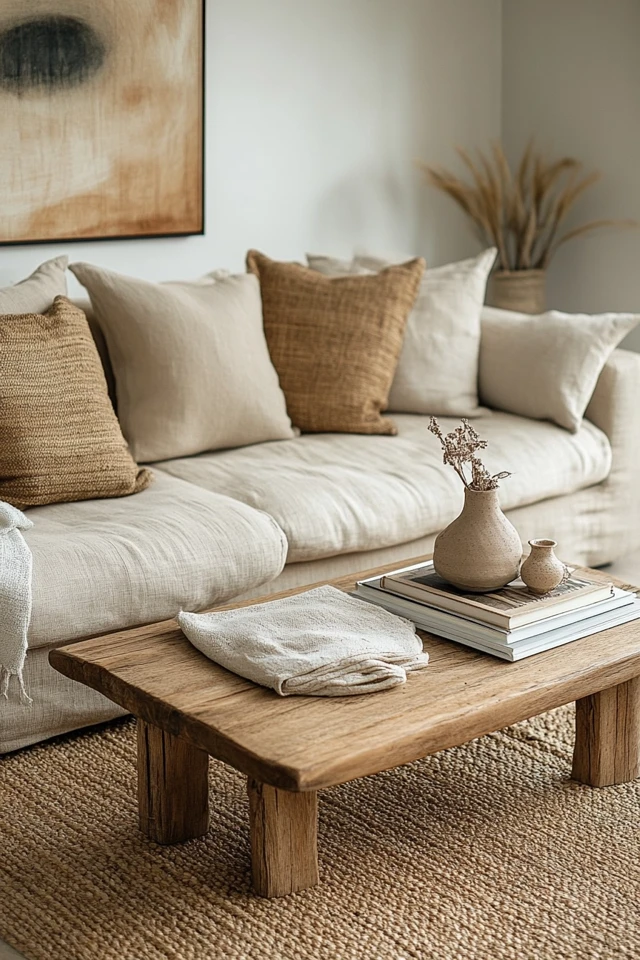
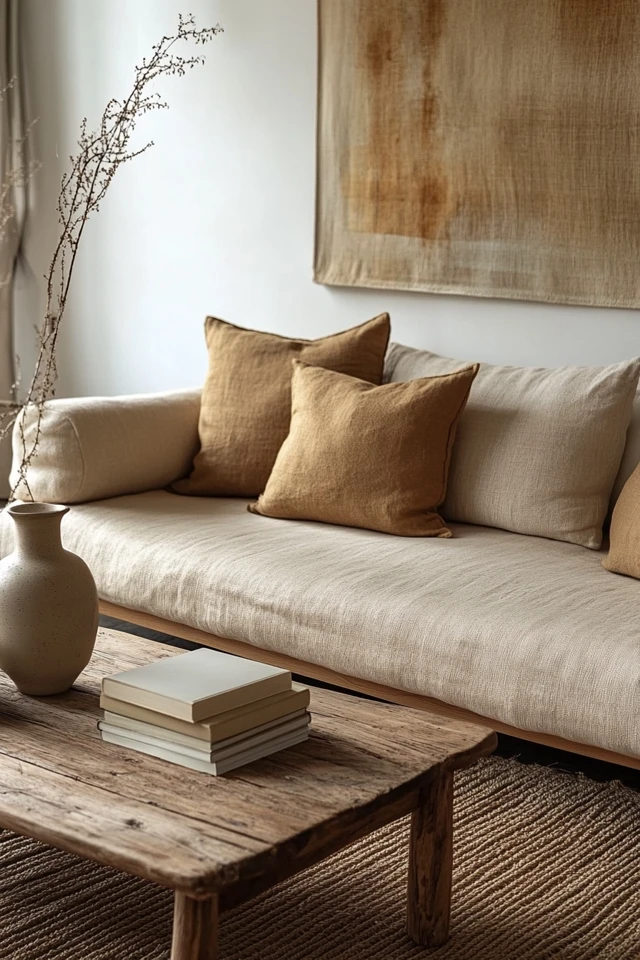
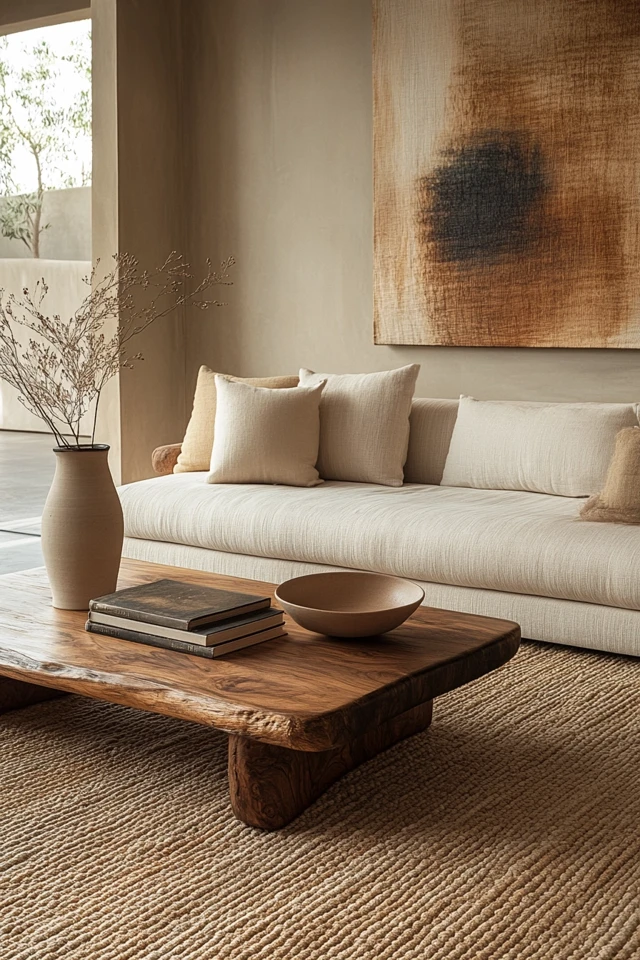
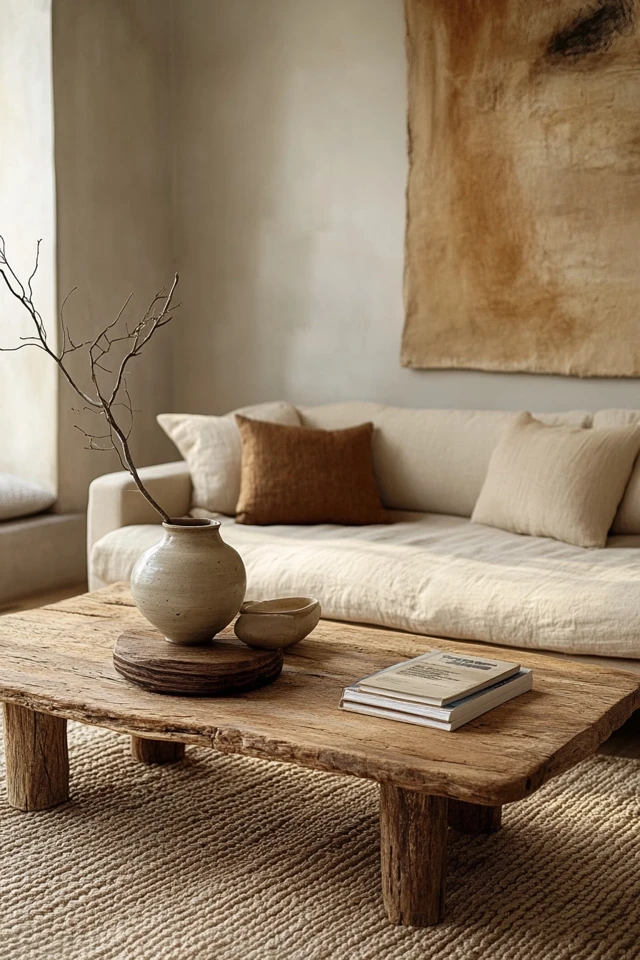
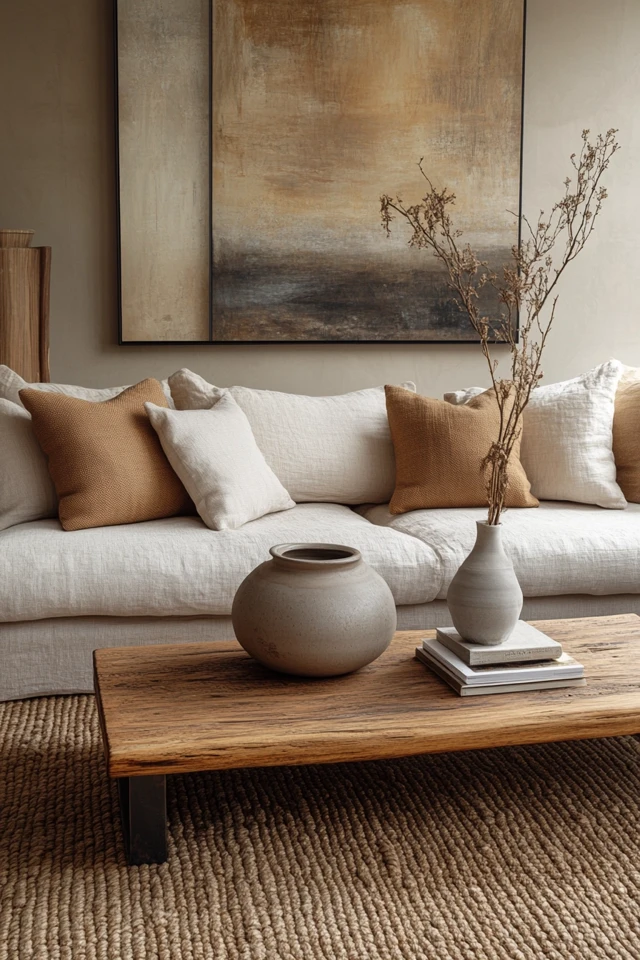
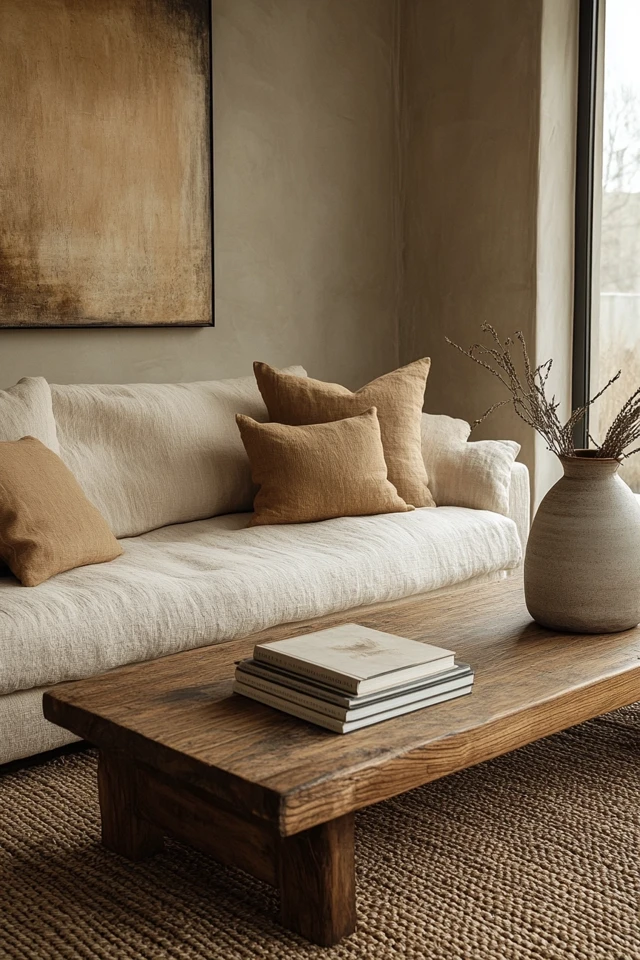
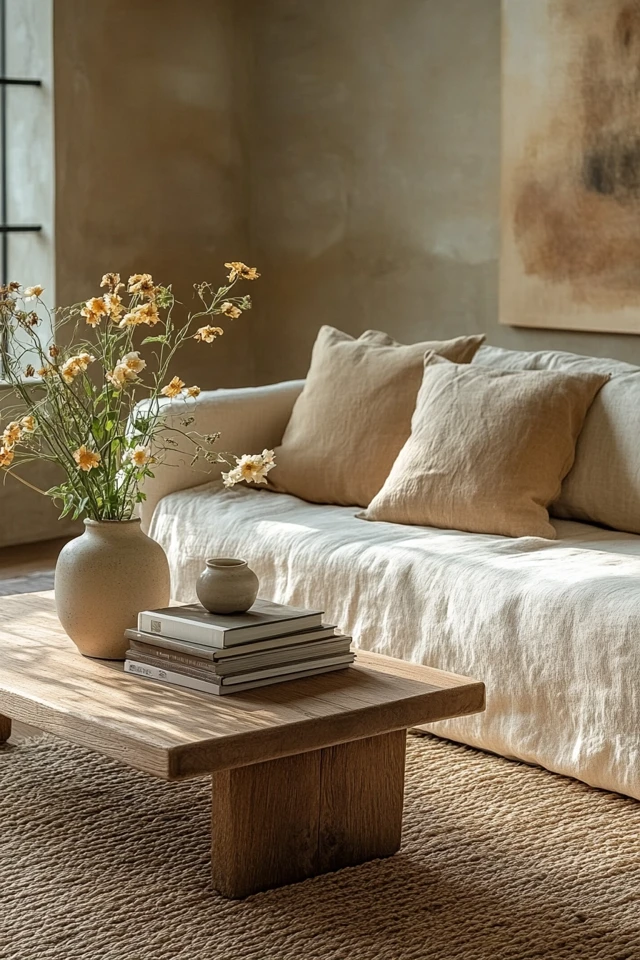
4. Maximize Natural Light
Light plays a crucial role in minimalist design, making spaces feel larger and more open.
How to Enhance Natural Light
- Use sheer curtains or leave windows bare.
- Add mirrors to reflect light and make rooms feel more expansive.
- Keep walls and ceilings light in color to amplify brightness.
Pro Tip:
Position furniture to take advantage of natural light, such as placing a reading chair near a sunny window.
5. Incorporate Natural Materials
Natural materials add warmth and texture to minimalist spaces.
Materials to Use
- Wood: Light oak, walnut, or teak for furniture and flooring.
- Stone: Marble or concrete for countertops and decor.
- Textiles: Linen, cotton, or wool for upholstery and throws.
Example:
Pair a wooden coffee table with a woven jute rug for a cozy yet minimalist look.
6. Add Thoughtful Decor
Minimalism doesn’t mean zero decor—it’s about curating meaningful, intentional pieces.
Decor Tips
- Choose art with simple lines or abstract forms.
- Use plants for a touch of greenery and life.
- Limit decor to a few key pieces, like a ceramic vase or a single framed print.
Styling Tip:
Group decor items in odd numbers (e.g., three vases or two candles and a plant) for visual balance.
7. Embrace Negative Space
Negative space, or empty areas, is an essential element of minimalist design.
How to Use Negative Space
- Leave shelves partially empty to create breathing room.
- Avoid filling every wall with art or decor.
- Space out furniture to prevent overcrowding.
Example:
In a minimalist living room, a single piece of artwork above the sofa can make a bold statement while leaving the rest of the wall bare.
8. Organize with Hidden Storage
A clutter-free home requires smart storage solutions.
Storage Ideas
- Use furniture with built-in storage, like a bed with drawers or a bench with hidden compartments.
- Add floating shelves for streamlined, open storage.
- Use baskets or boxes in neutral tones to store items neatly.
Pro Tip:
Keep frequently used items accessible and store rarely used items out of sight to maintain a tidy space.
9. Layer with Texture
Since minimalism focuses on simplicity, texture adds depth and interest to your design.
How to Add Texture
- Use woven rugs, knit throws, or textured cushions.
- Mix smooth surfaces (glass or metal) with soft fabrics (linen or wool).
- Incorporate tactile decor, like ceramics or handwoven baskets.
Example:
Layer a chunky knit blanket on a sleek sofa to balance clean lines with cozy elements.
10. Keep It Personal
Minimalist spaces should still reflect your personality.
How to Personalize Minimalism
- Display only your favorite photos or travel mementos.
- Incorporate colors or materials that have personal meaning.
- Use one or two statement pieces that showcase your style.
Styling Tip:
A single bold piece, like an abstract painting or a sculptural vase, can bring personality to a minimalist room.
Conclusion
Achieving the perfect minimalist look at home is all about balance—paring down to essentials while curating meaningful, beautiful pieces. By focusing on clean lines, neutral palettes, and thoughtful decor, you can create a space that feels calm, intentional, and effortlessly stylish.
For me, embracing minimalism wasn’t just about design; it was about creating a home that supported my lifestyle and brought me peace. Every piece I kept had a purpose, and every room became a reflection of the things I truly valued.
So, take your time, let go of what doesn’t serve you, and enjoy the process of creating a minimalist haven. With these tips, your home can become a sanctuary of simplicity and sophistication.
FAQ
What’s the difference between minimalism and modern design?
Minimalism focuses on simplicity and decluttering, while modern design emphasizes sleek, contemporary aesthetics. The two often overlap but aren’t always the same.
Can minimalism be cozy?
Absolutely! Incorporating natural materials, soft textures, and warm lighting can make minimalist spaces feel inviting and comfortable.
What are the best colors for a minimalist home?
Neutral colors like white, beige, gray, and muted earth tones are ideal. These create a calming backdrop that highlights clean lines and textures.
How do I keep a minimalist home organized?
Use smart storage solutions, adopt a “one in, one out” rule for new items, and regularly declutter to maintain a tidy, minimalist space.
Is minimalist design expensive?
Not necessarily. Minimalism often focuses on quality over quantity, so you may spend more on fewer, well-made pieces but save money by avoiding excess decor or unnecessary items.

